W trakcie wykładu przedstawiony zostanie sposób opis termodynamicznych własności atmosfery jako gazu doskonałego, ze szczególnym uwzględnieniem opisu pary wodnej.
Program:
1. Skład i struktura atmosfery.
2. Równanie stanu gazu doskonałego dla powietrza atmosferycznego.
3. Podstawowe zagadnienia termodynamiki atmosfery.
4. Wykorzystanie zasad termodynamiki w analizie procesów atmosferycznych.
5. Przemiany adiabatyczne w atmosferze. Procesy politropowe.
6. Termodynamika powietrza suchego i wilgotnego. Diagramy termodynamiczne. Temperatura wirtualna i temperatura potencjalna.
7. Woda w atmosferze. Przemiany fazowe. Ciepło utajone. Temperatury: punktu rosy, ekwiwalentna, wilgotnego termometru.
8. Warunki równowagi w atmosferze. Metoda cząstki i metoda warstwy.
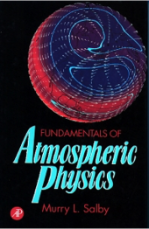 |
|
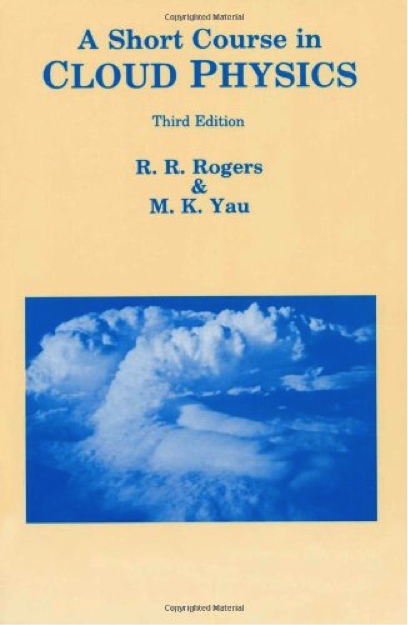 |
|
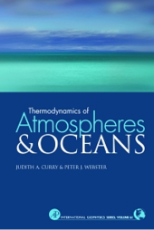 |
|
Salby M. L., Fundamentals of Atmospheric Physics. Academic Press.
|
|
Rogers, R.R. and M.K. Yau (1989). A Short Course in Cloud Physics. New York: Pergamon Press, 293 pp. |
|
J.A. Curry and P.J. Webster Thermodynamics of Atmospheres and Oceanes. Academic Press.
|
 |
|
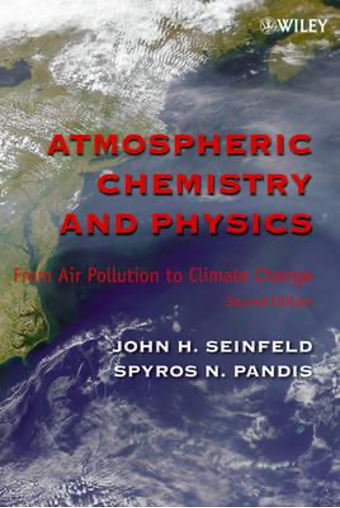 |
|
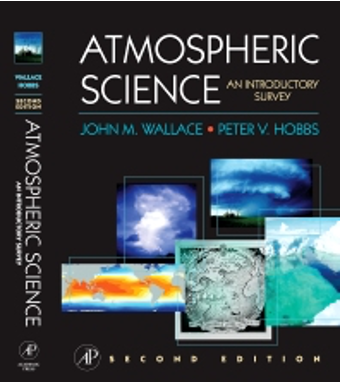 |
|
H. R. Pruppacher and J. D. Klett. Microphysics of Cloud and Precipitation. Springer.
|
|
J.H. Seinfeld and S.N. Pandis. Atmospheric Chemistry and Physics. Wiley.
|
|
J. M. Wallace and P. V. Hobbs. Atmospheric Science. An Introductory Survey. Academic Press.
|
 |
|
|
|
|
| J.V. Iribarne and W.L. Godson. Atmospheric Thermodynamics. Springer. |
|
|
|
|







